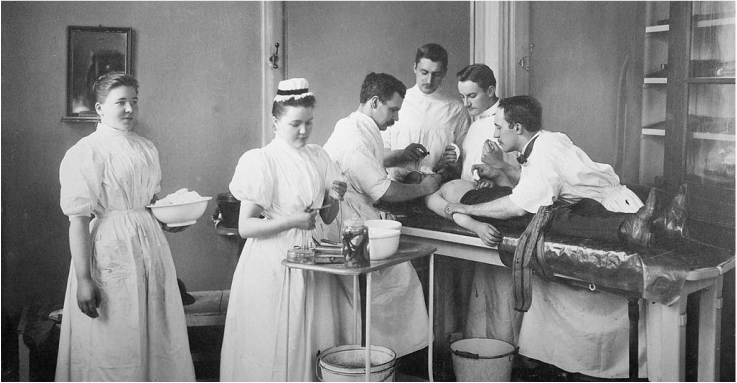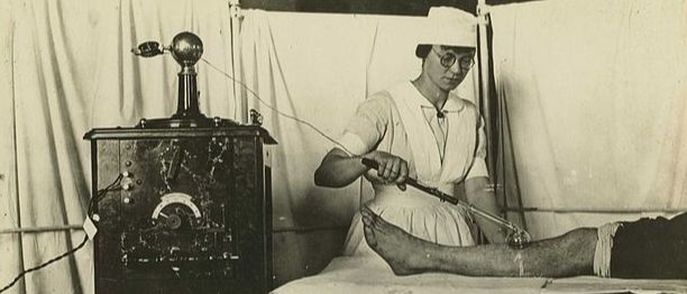POST-SURGICAL SCAR TISSUE
IS THERE ANYTHING TO BE DONE?
I recently came across your website and wanted to know if you truly believe that you can help me. I am a very active XX y/o man, who exercises very intensely. In early 2013 I tore my right ACL along with the meniscus, which I subsequently had surgery for. I have been through a ton in the last two years. Physical Therapy for over a year, acupuncture, massage, ART, PRP injections, every vitamin and herbal formula you could imagine, etc. I am becoming exhausted by the time, effort and money that I’ve put into this knee. After all of this, my surgeon now believes I have scar tissue that he can go in and clean out (or maybe it’s tendonitis). I really don’t want to have surgery again unless I know for sure that scar tissue is the issue (and that he can fix it). Please get back to me when you can and let me know if this is something you can effectively treat as I am willing to travel. I appreciate you taking the time to speak with me.
Thank you,
Ian M.
Scotland
Surgeons know that surgery leads to Scar Tissue — it’s part of the normal process of LOCAL INFLAMMATION and healing. Inflammation and Scar Tissue are both critical for wound healing, whether the wound is from an injury or surgery. The very best way to prevent adhesions, as well as forcing Scar Tissue to align itself in a more orderly configuration than it would otherwise be prone to, is via controlled motion (STRETCHING / PROPRIOCEPTIVE TRAINING / STRENGTH TRAINING). It’s why, contrary to the way things were done decades ago, nurses have post-surgical patients up and moving around almost immediately following surgery. But sometimes things don’t go as planned. Some patients develop Scar Tissue.
Despite pulling, stretching, strengthening (which typically involves shortening muscles as opposed to lengthening them), and any number of Physical Therapy modalities (ultrasound, TENS, electric stimulation, traction, etc, etc, etc), when Scar Tissue occurs, it tethers, pulls, and restricts. Unfortunately, restricted joint motion invariably leads to a vicious cycle of CHRONIC PAIN, LOSS OF FUNCTION, and DEGENERATIVE JOINT DISEASE. Eventually, once the MEDICAL MERRY-GO-ROUND starts spinning, I get emails like the one I got from “Ian” above. And here’s the rub.
Firstly, I never really know if someone is going to respond to what I do until I actually lay hands on them (HERE). Nothing would make me happier than to make wild promises to people, but the truth is, for every email I answer telling someone that I might be able to help them, there are ten that go out telling people that it’s doubtful (just yesterday I got an email from a desperate woman asking if I could help her with ALS — Lou Geherig’s Disease).
Secondly, when a surgeon tells you your problem is likely due to Scar Tissue, it tells me that if it’s really present (not just a guess) it is likely down in the joint where I can’t get to it with my Tissue Remodeling. Depending on the area treated (HERE is an example) this is not always the case. HERE is a video of a gentleman, whose 40 year post-surgical shoulder was fixed by what I do, and HERE is the recent video of a woman decimated by the post-surgical scarring of a TOS Surgery. The problem (and surgeons are extremely aware of this) that when you surgically go in and try to remove Scar Tissue, the result is invariably more of the same.
WHAT CAN YOU DO TO PREVENT OR REVERSE
POST-SURGICAL SCAR TISSUE?
- DON’T HAVE SURGERY IN THE FIRST PLACE: Crazy numbers of statistics reveal that huge numbers of people are having unnecessary surgeries. Listen to what surgeon, Harvard Professor, and safety expert, Dr. Lucian Leape said two years ago in a USA Today interview, about a 1974 congressional report’s relationship to what’s going on today (the forty year old report said there were nearly two and a half million unnecessary surgeries each year in the US at the time). “It’s a very serious issue, (and) there really hasn’t been a movement to address it…. Things haven’t changed very much.” It astounds me the number of people I treat who were told they needed to have surgery, choose not to, and end up doing great without it.
- IF YOU DO HAVE SURGERY: DO WHAT IT TAKES TO PREVENT THE SCAR TISSUE FROM FROMING IN THE FIRST PLACE: If this sounds like common sense, it’s because it is. Sometimes surgery is the only way out of whatever health problem you are facing. Just remember that once you develop a build-up post-surgical Scar Tissue (an “adhesion”), you are already behind the eight ball. When having surgery, make sure you are doing the things listed in the next several bullet points before you have surgery, rather than waiting until you develop problems. If you already have post-surgical Scar Tissue, hopefully these next points will be of help to you.
- DO WHATEVER IT TAKES TO SQUELCH INFLAMMATION: If you don’t already realize that Inflammation causes Scar Tissue / Fibrosis (HERE, HERE, HERE, and HERE), you’ll not likely understand why this point is so critical. Dr. David Seaman actually wrote about the ANTI-INFLAMMATORY DIET in an issue of the pain management journal, Practical Pain Management. This includes taking the PROPER SUPPLEMENTS along with the proper diet. I know a person who is literally crippled by post-surgical abdominal adhesions. They refuse to give up their THREE-PACK-A-DAY HABIT, eat properly, or do anything to really help themselves. Not surprisingly, this person still struggles daily with Chronic Pain. Don’t be ‘that‘ person.
- DO YOUR THERAPY: Anymore, it amazes me how many people are having some sort of surgery done, with no rehab afterwards. There’s this thing called “Google” that lets you do your own research and advocate for yourself (check your results against the research from PubMed). Use it to your advantage. Most of the time, post-surgical therapy can be done in the comfort of your own home without any high-dollar specialty equipment. Once you know what do do, most of the time, all you need are EXERCISE BALLS, therabands, and other inexpensive ‘low-tech’. When it comes to preventing Scar Tissue; motion is lotion. Do not neglect it, even if your doctor says it’s not needed. Disclaimer: Don’t start a therapy program without first consulting with a licensed PT.
- COLD LASER: The beauty of the COLD LASER is that it allows the clinician to penetrate down to where the Scar Tissue is (be aware that depending on the region, this might require a Class IV Laser as opposed to a Class III). Other than occasional use of a Mens-O-Matic microcurrent machine, it’s the only electronic anything I use therapeutically in my office.


